by Kathy G. Short
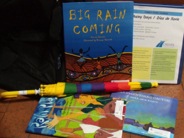 The oral stories that are shared in families both reflect and build on family funds of knowledge, providing a potential connection for meaningful home/school partnerships. At Worlds of Words, we have been exploring family story backpacks as a way to connect with families. Typically, the materials we send home from school tell parents how to do school with their child rather than encouraging them to share their stories and knowledge with us—we want to bring the home into school rather than just take school into the home. Continue reading
The oral stories that are shared in families both reflect and build on family funds of knowledge, providing a potential connection for meaningful home/school partnerships. At Worlds of Words, we have been exploring family story backpacks as a way to connect with families. Typically, the materials we send home from school tell parents how to do school with their child rather than encouraging them to share their stories and knowledge with us—we want to bring the home into school rather than just take school into the home. Continue reading



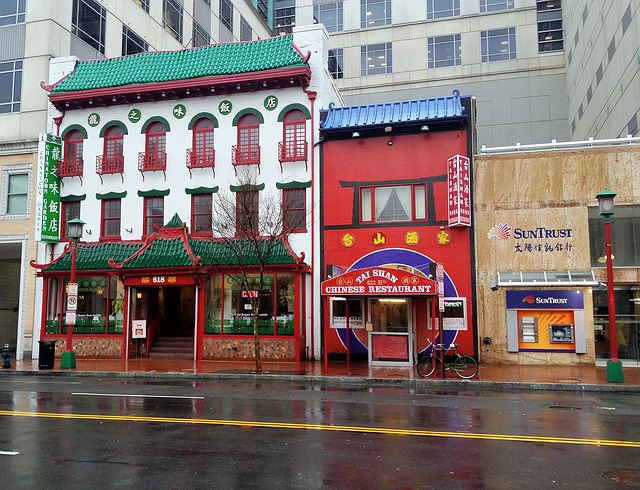


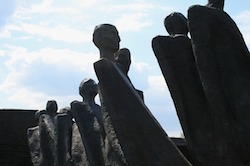
 The stories of Juan Bobo have a long history in the oral tradition of Puerto Rico. Similar to the English folklore character Lazy or Foolish Jack, Juan Bobo, or “Simple John,” bumbles through life from misunderstanding to misunderstanding. Sometimes he’s a trickster, sometimes a town fool, but all the time, Juan Bobo is good for a laugh. This character has starred in many books, is featured in school curricula, newspaper serials, puppet plays, and even an animated cartoon.
The stories of Juan Bobo have a long history in the oral tradition of Puerto Rico. Similar to the English folklore character Lazy or Foolish Jack, Juan Bobo, or “Simple John,” bumbles through life from misunderstanding to misunderstanding. Sometimes he’s a trickster, sometimes a town fool, but all the time, Juan Bobo is good for a laugh. This character has starred in many books, is featured in school curricula, newspaper serials, puppet plays, and even an animated cartoon. 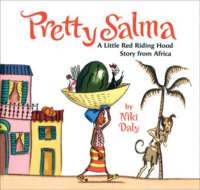 In 2008, the United States Board on Books for Young People (USBBY) selected Pretty Salma: An African Little Red Riding Hood Story for inclusion on the
In 2008, the United States Board on Books for Young People (USBBY) selected Pretty Salma: An African Little Red Riding Hood Story for inclusion on the 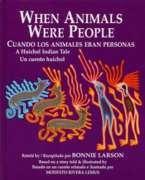 In When Animals Were People: A Huichol Indian Tale/Cuando los animales eran personas: Un cuento huichol Bonnie Larson retells a story told to her by the book’s illustrator Modesto Rivera Lemus. The biographical information at the back of this English/Spanish bilingual book rightly identifies Mr. Lemus as the “narrator” of this story. This collaboration between the narrator, reteller, and illustrator results in a story and book richly textured with Huichol culture.
In When Animals Were People: A Huichol Indian Tale/Cuando los animales eran personas: Un cuento huichol Bonnie Larson retells a story told to her by the book’s illustrator Modesto Rivera Lemus. The biographical information at the back of this English/Spanish bilingual book rightly identifies Mr. Lemus as the “narrator” of this story. This collaboration between the narrator, reteller, and illustrator results in a story and book richly textured with Huichol culture.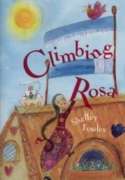 As Rachel Young, former Art of Storytelling student learned, Hungarian folktales often begin with these lines: “Once there was, or once there wasn’t…” This introduction could easily be applied to a retelling of Climbing Rosa. Retold by Shelley Fowles, this story is about a girl who is an expert at climbing because she is forced by her stepmother and stepsister to sleep on the roof of their house. This skill gives her an advantage when the king has had enough of his son’s reading, reading, reading and holds a contest in which the prize is none other than the prince himself.
As Rachel Young, former Art of Storytelling student learned, Hungarian folktales often begin with these lines: “Once there was, or once there wasn’t…” This introduction could easily be applied to a retelling of Climbing Rosa. Retold by Shelley Fowles, this story is about a girl who is an expert at climbing because she is forced by her stepmother and stepsister to sleep on the roof of their house. This skill gives her an advantage when the king has had enough of his son’s reading, reading, reading and holds a contest in which the prize is none other than the prince himself.